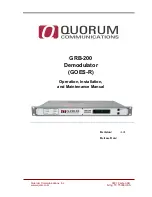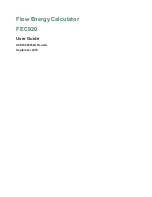
12: The Equation Solver 159
File name : English-M02-1-040308(Print).doc Print data : 2004/3/9
1.
Store values in all but one of the variables (for example, 2000
, etc.). Remember that you can verify stored values by pressing
R
menu label
.
2.
To start the calculation, press the menu key for the variable you want
to calculate.
In most cases, this is all you need to know about how the Solver works.
However, certain types of equations are more difficult to solve.
If, during the calculation, the display temporarily shows
two
lines of
changing numbers, such as
then the Solver is searching for a result for the variable
A
. Read the
section, “How the Solver Works,” starting on page 179.
Example: Return on Equity.
The Return on Equity of a business can be
defined as:
ROE
=
−
−
Operating
income
Interest
Taxes
Common equity
Find the ROE of a small firm with $2,000 in assets. The assets earned
10% while its debt cost it 8%. The assets were financed using $500 of
common equity and $1,500 of debt. The firm paid no taxes.
Operating income
=
assets
×
percentage earnings on assets
=
Interest
=
debt
×
percentage interest paid on debt
=
Common equity
=
amount of common equity used for financing
=
The Solver equation would be:














































